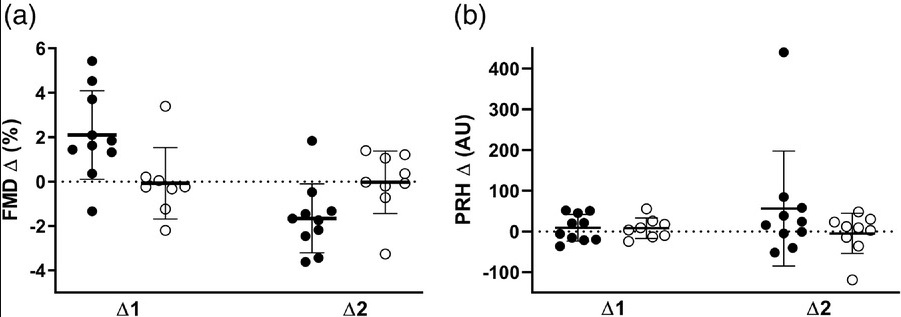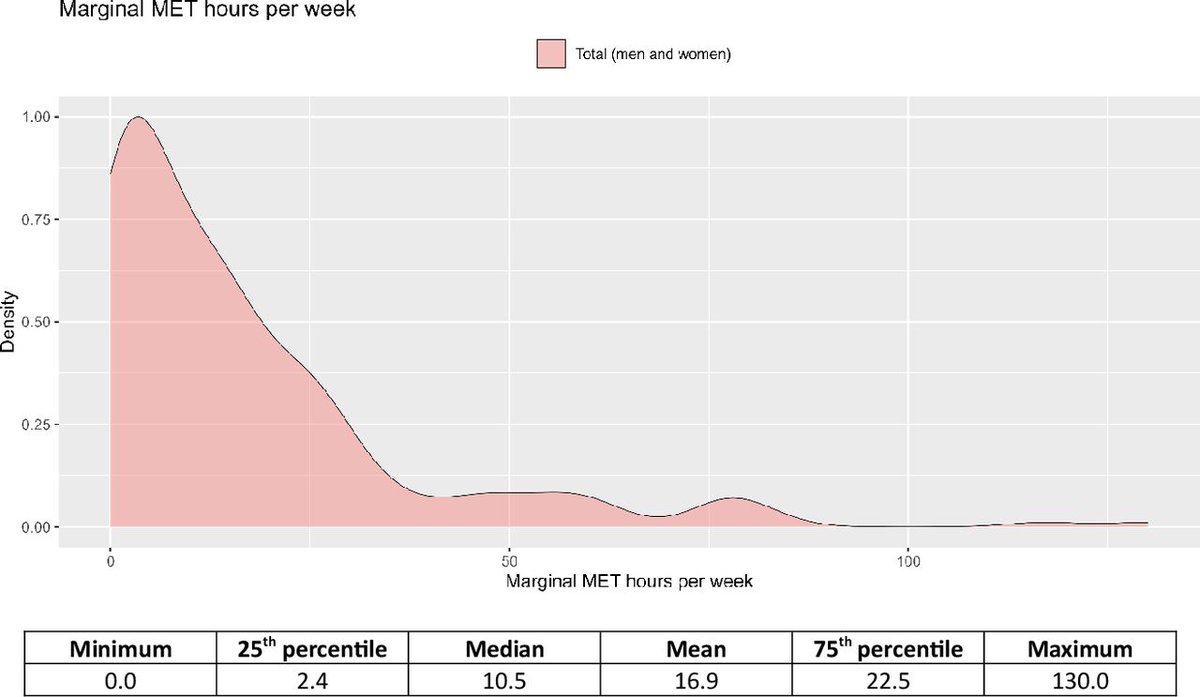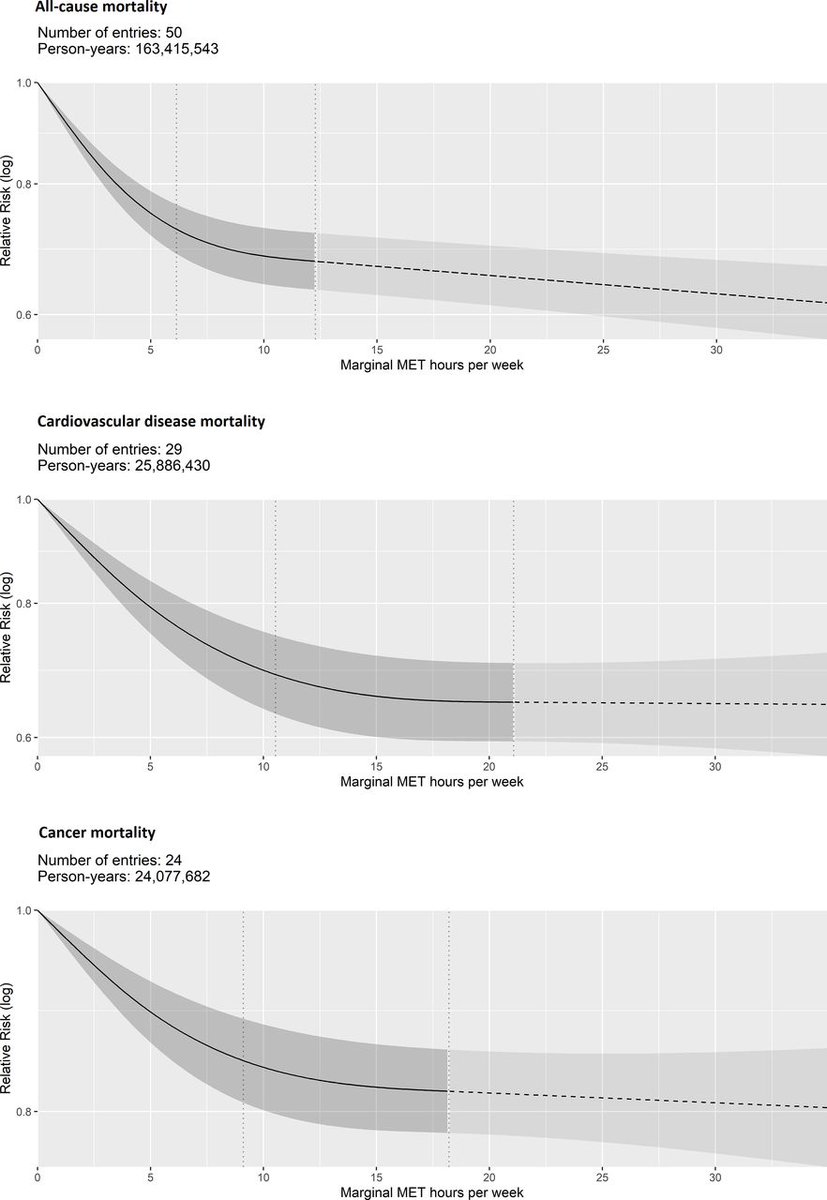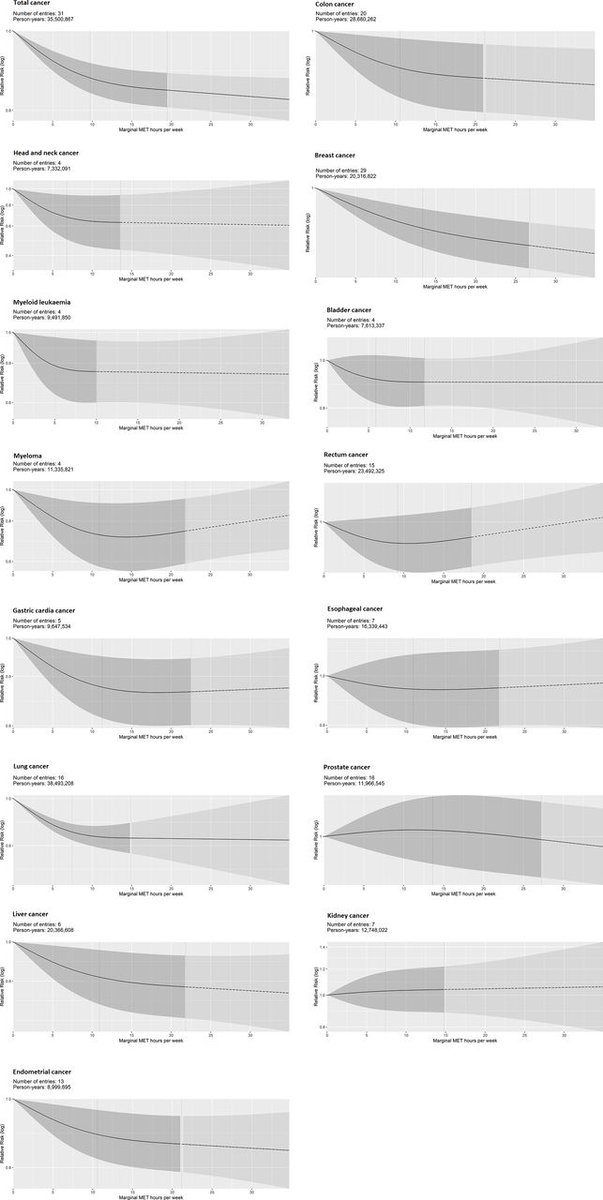
This systematic review and meta-analysis suggests that even though the Range Of Motion (ROM) during resistance training appears to have at most a modest impact on musculoskeletal function and morphology, different ROMs may be appropriate for different goals. 

- ROM during RT appears to have at most a modest impact on outcomes of interest (strength, muscle size, body composition, power, or sport performance proxies).
- The impact of ROM was found to be trivial to small, favoring a full or long ROM compared to partial ROM.
- Results suggested that different ROMs may be appropriate for different goals.
"For example, when training for a specific performance outcome (e.g. a partial squat 1RM in a powerlifting competition), it appears that training in a similar ROM may maximise improvements by a trivial to small margin...
"...These results strongly suggest that the principle of specificity applies to ROM – though the benefit may be more modest than commonly assumed...
"...When looking at outcomes grouped by category (e.g. muscle size, strength.), differences in results between pROM and fROM were largely trivial...
"...That said, it is noteworthy that all effect sizes, although small in magnitude, directionally favoured fROM. As such, utilising a fROM during resistance training may prove to be an effective “default” strategy...
"...It is important to note that the use of ROM is not necessarily a binary decision as some training can be fROM while other training may be pROM."
- Analyses also supported the hypothesis that during a resistance training bout, performing partial ROM at long muscle lengths results in greater muscle hypertrophy than both partial ROM at short muscle lengths and full ROM.
"the evidence converges to suggest that training at longer muscle lengths is very likely of benefit when seeking to maximise muscle growth...
"...It is possible that fROM RT is only superior to pROM RT if and when it includes longer muscle lengths...
"...Further, it is a possibility that pROM RT at long muscle lengths – and even isometric contractions at long muscle lengths – may be equal to or superior to fROM RT for inducing muscle hypertrophy, however, this area requires more research."
TL;DR:
- "The reader can adopt two viewpoints. The first best befits researchers and is more conceptual. It consists in regarding ROM as a relatively inconsequential variable...
"...many of these analyses as being underpowered and viewing range of motion research as an area in its infancy, lacking the data required to come to any sort of consensus on the topic."
- "...Using one range of motion vs. another has little to no practical downside...
"...Therefore, even if the benefit of one strategy over the other is small and uncertain, it is likely still worth adopting provided there are no contraindications such as personal preference, load availability or injury management...
"...The practitioner may also recognize the value in small effects whose existence is relatively uncertain, as even these small potential gains may be meaningful to many coaches and athletes, competitive and recreational alike."
Partial Vs Full Range of Motion Resistance Training: A Systematic Review and Meta-Analysis (open access)
doi.org/10.47206/ijsc.…
#exercise #Workout #TrainHard #GymLife #GymTime #muscle #strength #lift #GetStrong #hypertrophy #gainz #gains
doi.org/10.47206/ijsc.…
#exercise #Workout #TrainHard #GymLife #GymTime #muscle #strength #lift #GetStrong #hypertrophy #gainz #gains
• • •
Missing some Tweet in this thread? You can try to
force a refresh













